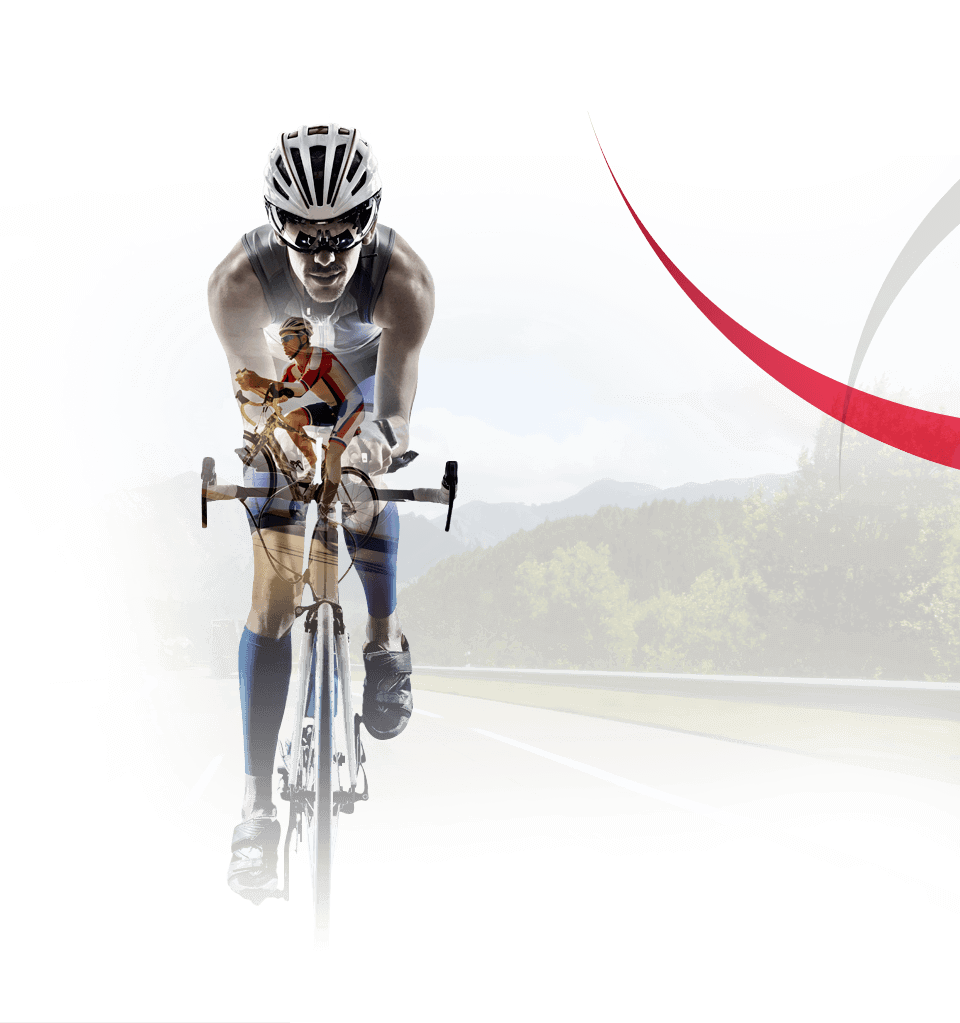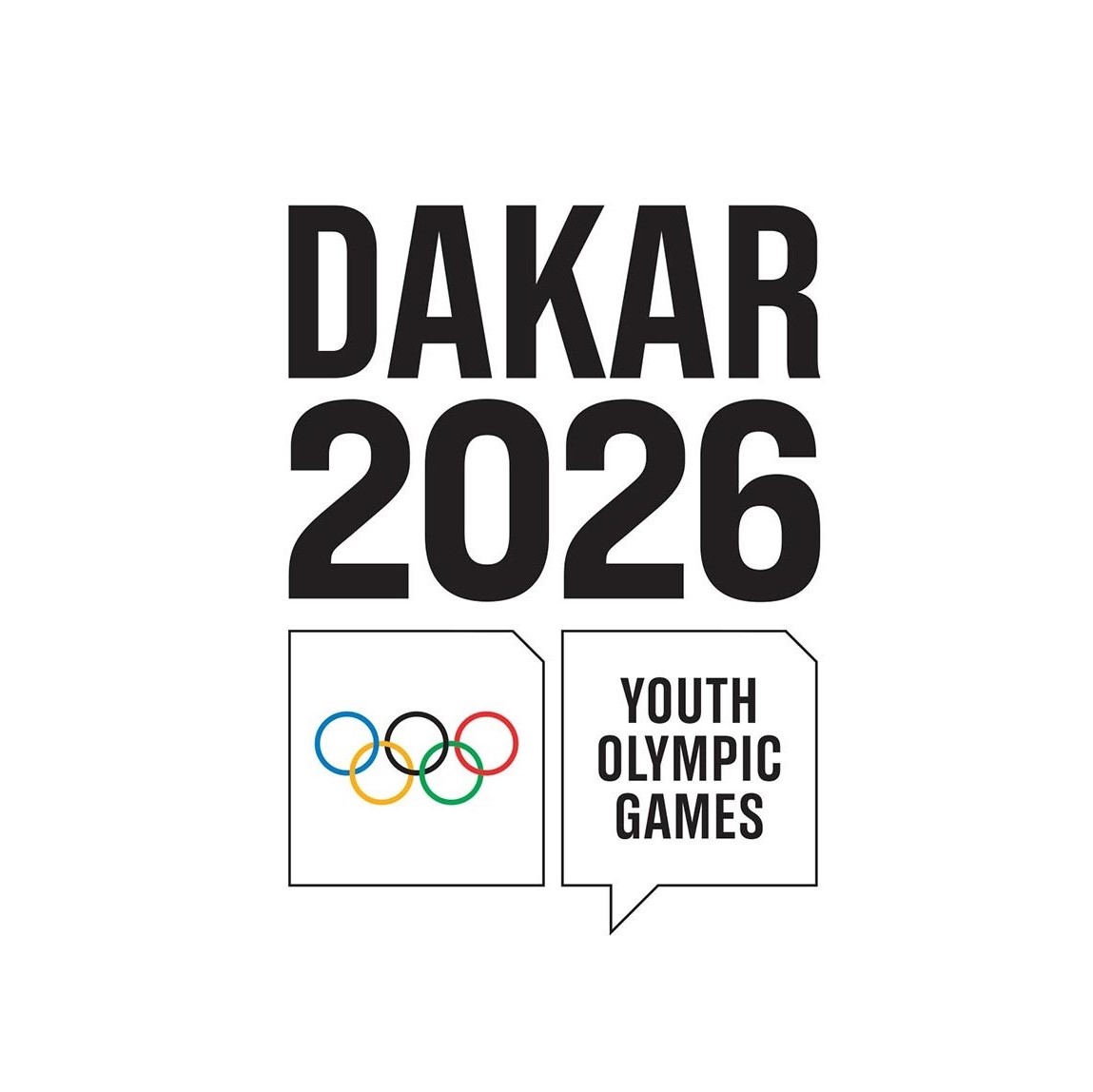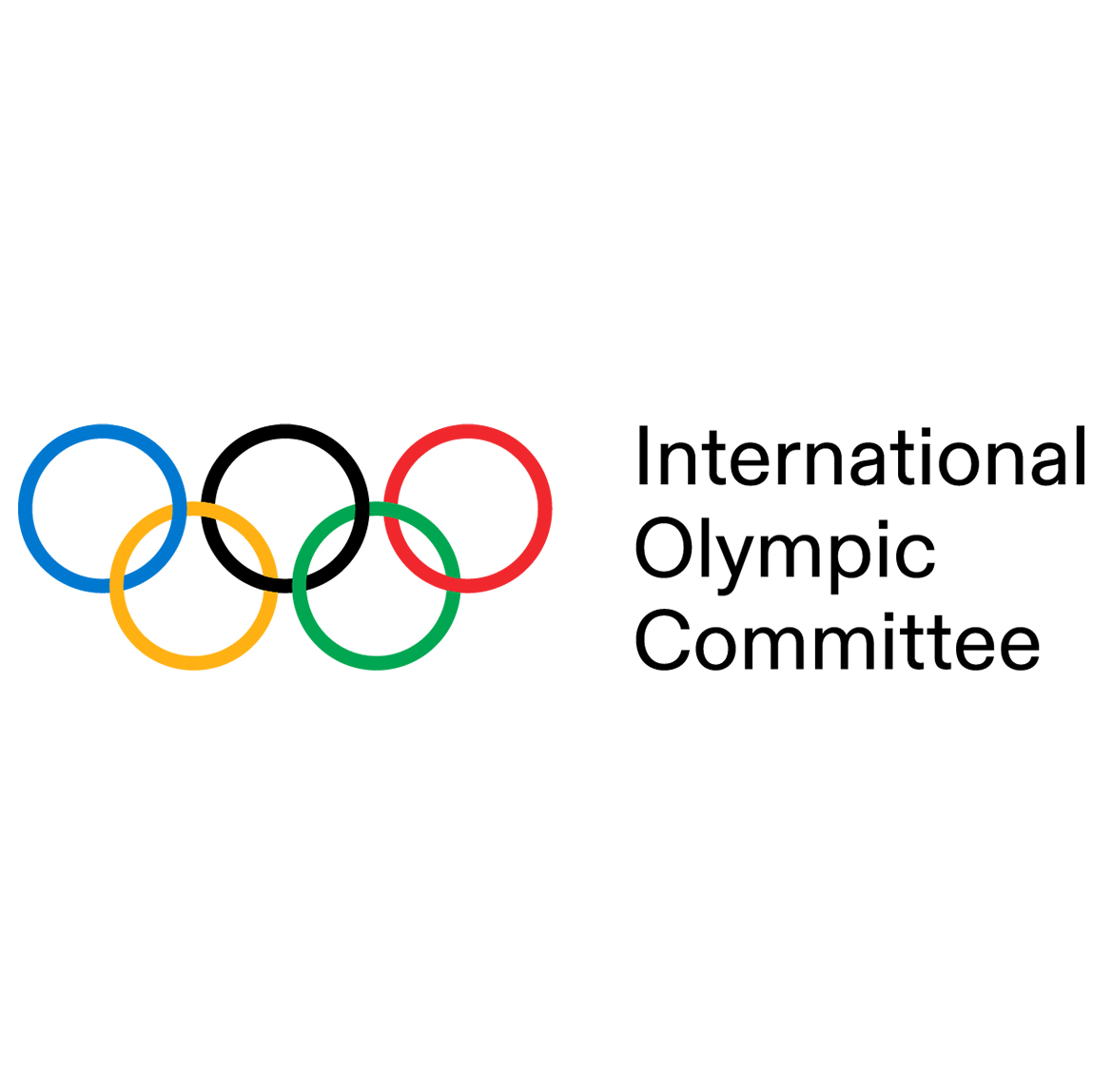
More than 750 athletes subscribe to Brazilian Olympic Committee Programme on Prevention and Confrontation of Harassment and Abuse in Sport
Approximately 3,000 sports professionals, including over 750 athletes and former athletes, have subscribed to the Brazilian Olympic Committee’s (BOC’s) Programme on the Prevention and Confrontation of Harassment and Abuse in Sport (PCHAS).
The programme was developed by the Brazilian Olympic Institute (BOI), the education branch of the BOC, and launched on 13 March online due to the current self-distancing regulations in place. The objective of the programme is to show how harassment and abuse can manifest itself in sport, how it is possible to recognise the warning signs, and how organisations can prevent, report and confront it and welcome victims.
With more free time to invest in themselves, people have found in studies an interesting alternative to acquire new knowledge and enrich training and the PCHAS has been on of the most sought-after options for athletes.
“I thought BOC was so nice in providing this type of programme. Not only for former athletes but mainly for those who are still athletes. We know that this exists and that many of these stories remain hidden. It is important that everyone is encouraged to study and prepare better. From my generation backward, few have had this opportunity”, says former volleyball player Ida, bronze medalist at the Atlanta 1996 Olympic Games.
“I had never done anything like this, and I think this involvement of the BOC in issues such as harassment, abuse, and bullying is very important. We need this support in sport, where many young people leave their cities and families and end up not knowing how to deal with many situations. This program brings another perspective, and I feel more aware and prepared to offer help”, adds Isac, a midfielder from the Sada/Cruzeiro (MG) and Brazilian volleyball teams.
Free and with a 30-hour workload, the programme is divided into four main themes: “What is harassment and abuse?” – definitions and categories; “Recognising the signs” – how to identify cases of harassment and abuse; “Knowing your role” – recognise, report, and prevent; and “What can sports organizations do?” – how to prevent harassment and abuse in sports.



























